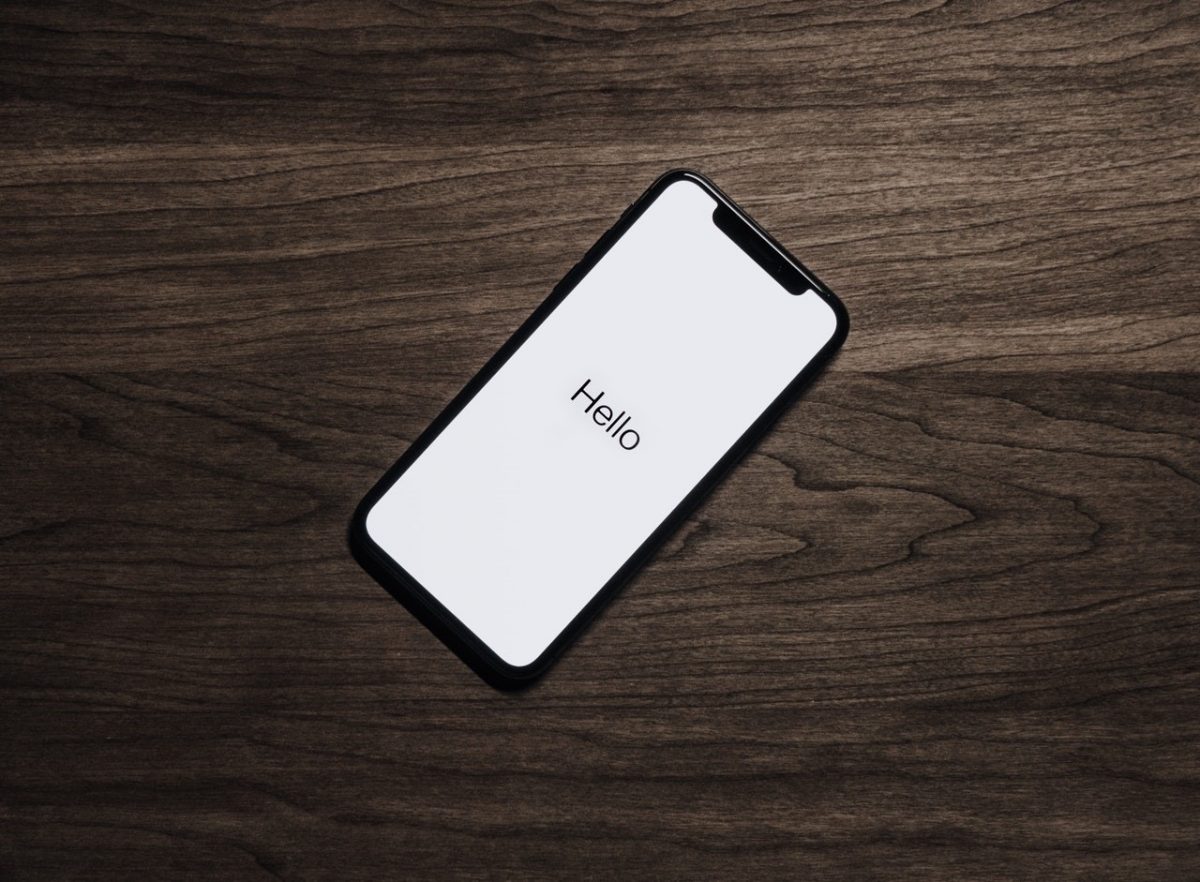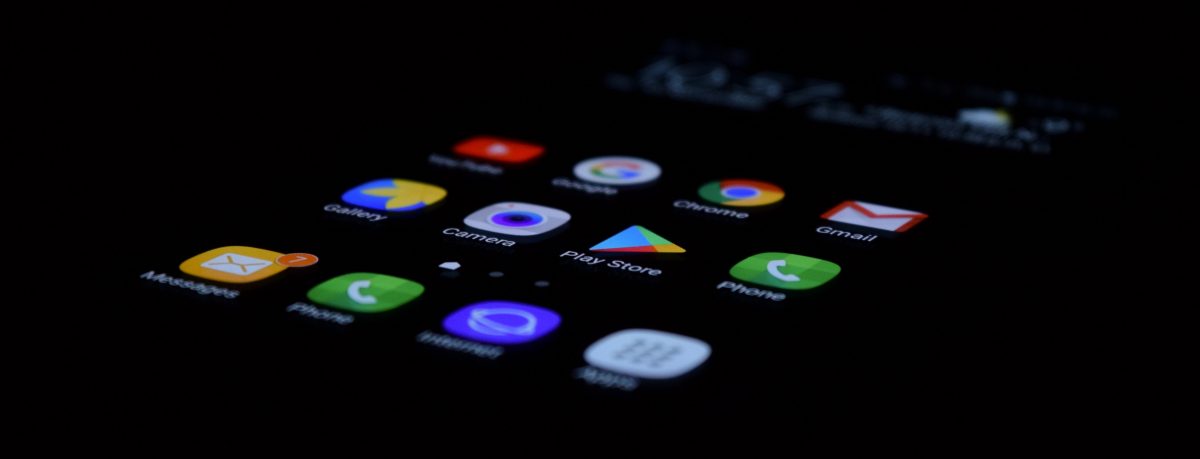Ever since smartphones and stable internet connection became the global norm, customers’ standards have evolved in terms of UX expectations. Whether you work as a SaaS developer or have your own business app available on smartphone stores for people to use, localization can help you attract an even bigger audience.
According to Upwork, 72% of customers expressed that they would love to buy products through pages in their own languages rather than default English. Similarly, 56% stated that obtaining relevant information on products and services to purchase is more important than the price itself.
There is a genuine need for mobile app localization no matter the niche your apps may cater to. However, finding the right way to approach mobile app development with localization in mind can be somewhat tricky without a scalable production process. With that said, let’s take a look at key factors to consider when it comes to mobile app localization as well as how you can benefit from the process.
Advantages of Mobile App Localization
Before we move on, it’s worth noting how your mobile app can benefit from localization. Localization is different than technical translation, as it refers to cultural idiosyncrasies and wording which caters to different groups in your target audience.
What may seem like a kind-hearted joke for English users may seem like an insult to Chinese or German customers. When done correctly, mobile app localization can bring a plethora of advantages to your business moving forward, including but not limited to:
- Higher Mobile App Usability and Engagement
- Better International Market Penetration
- High Recurrent Sales Potential
- Positioning your Business as an Industry Competitor
How to Approach Mobile App Localization
1. Settle on your Business Model
Mobile apps typically come in two forms once they launch on their respective app stores. They are either free-to-use but rely on advertisement and micro-purchases (or eCommerce sales) or they rely on premium, one-time payment options.
Depending on the type of mobile app you try to sell your customers, you should decide on the business model early on. Your business model will affect the way you handle localization moving forward since you can add new language support into free-to-use apps with higher RoI. Premium apps, on the other hand, need to be of higher quality out of the box, limiting your options for additional localization if the RoI isn’t to your expectations.
2. Develop with Localization in Mind
Whether you develop apps for iOS or Android doesn’t matter in terms of localization. What does matter is that you separate the code from the UI language as much as possible.
Don’t create UI elements with words hard-coded into their visuals. This will make localization much harder and time-consuming than it would be otherwise. Develop raw code with localization in mind and your translation process will be that much smoother for it.
3. Pinpoint your Language Selection
It’s never a good idea to stretch your resources too thinly among different languages. Instead, explore your specific industry and see if you can pinpoint several languages worth localizing your mobile app into. For example, a mobile app developed in the US should offer Spanish as a localization option.
However, translating that app into Greek or Danish might not bring you the RoI you were hoping for. There are no rules in terms of which languages work and don’t work – it’s all about audience research and further mobile app development plans.
4. Don’t DIY
One of the worst mistakes you can make when deciding to tackle mobile app localization is to do it yourself. You should only localize your mobile app in-house if you have native speakers on your staff who are qualified to translate your UI and content correctly. Otherwise, you can refer to a professional translation review website such as Pick Writers in order to deliver the best possible mobile app localization to your users across the globe.
Platforms such as Evernote and Hemingway are also helpful in terms of allowing your team to manage different texts and writing in multiple languages at once. DIY localization is bound to lead to bad PR and a drop in your customer engagement – take your time and approach localization carefully.
5. Work with Native Testers
A great way to ensure the quality of your mobile app localization process is to invite native testers to the project. Native speakers will always give you the best insight into how your localization stacks up with their everyday lingo.
The invitation process can be done via social media such as Facebook and LinkedIn or through recommendations from friends and colleagues. Native testers will only serve to try out your mobile app and give feedback on which aspects of mobile app localization you still need to work on. Their involvement should be kept to a voluntary status but you can always transition testers into proper localization experts should they fit in with your office culture.
6. App Store Ranking Optimization Matters
Your mobile app will certainly launch on stores such as Google Play once you are ready to share it with the world. It’s important that your app store listing is optimized for higher ranking, similar to how content is optimized for SEO. Elements such as high-quality screenshots, detailed and formatted metadata, as well as a list of localization languages present in the app should be clearly outlined.
Use the app description fields to promote a pro-active development mindset with doors open to more localization features added later on (should the users ask for it). Don’t treat your app’s description as an afterthought since it will directly impact its ranking and visibility, especially at launch.
7. Smart Resource Allocation
Once your app is live, you will have to allocate resources in order to provide your users with regular updates and quality of life improvements. Instruct your developers to look for bugs and glitches to fix in upcoming patch cycles but don’t sideline your mobile app localization. It’s imperative that you don’t abandon your localization efforts once your app is available for download.
Instead, look out for feedback in terms of how good or bad your localization is at the moment. Apply localization feedback in a timely manner without allowing weeks to go by until you fix potentially game-breaking bugs. Users will also often have ideas about additional features and development possibilities for your app – make sure to keep an ear out for useful tips and comments at all times.
In Summary
Mobile app localization should never be an afterthought. If you have resources available for additional languages to be added to your app, you should make the most of it in order to attract a diverse user base. The process can not only improve your RoI but also help you build trust and positive word of mouth in different territories – something that would be very difficult to pull off with English-only UI and UX.
This post was written by Elisa Abbott for Messapps.




